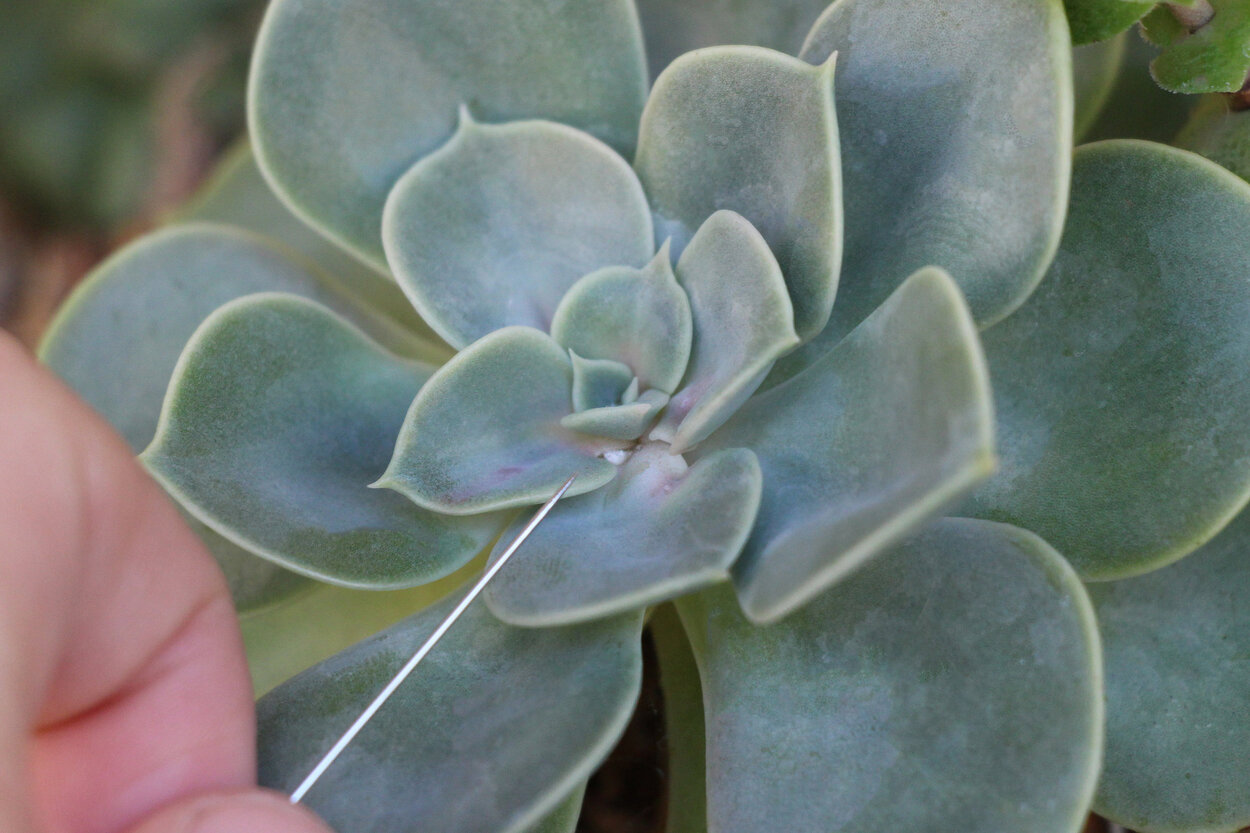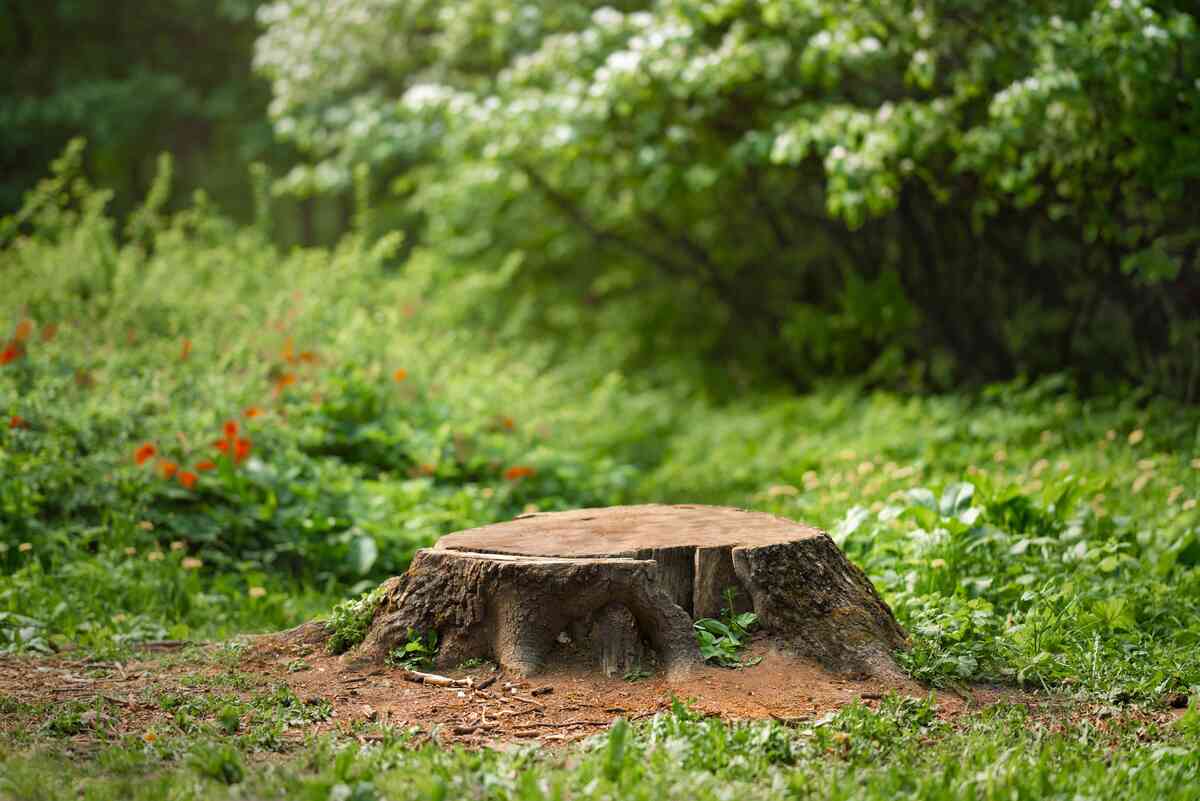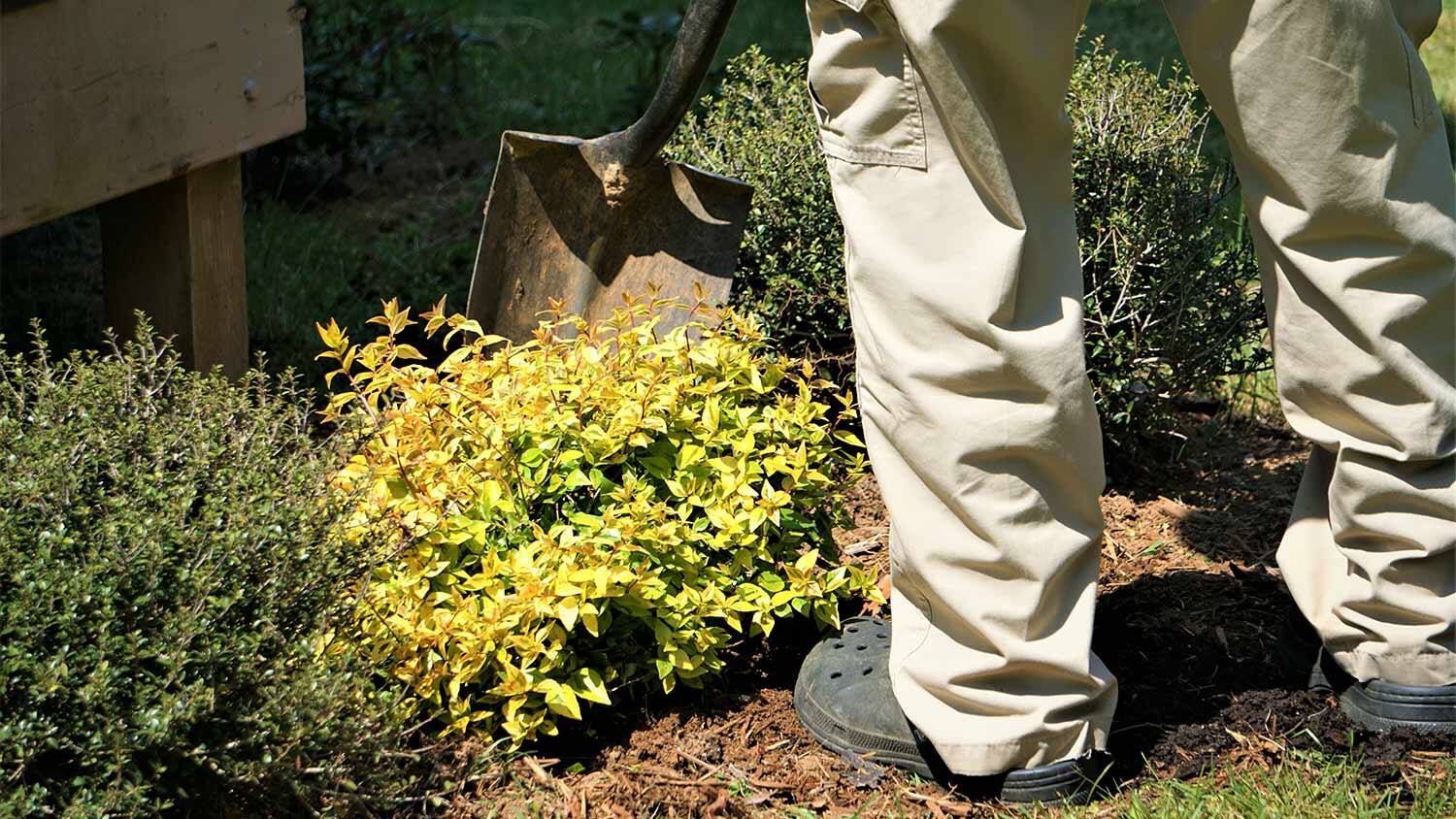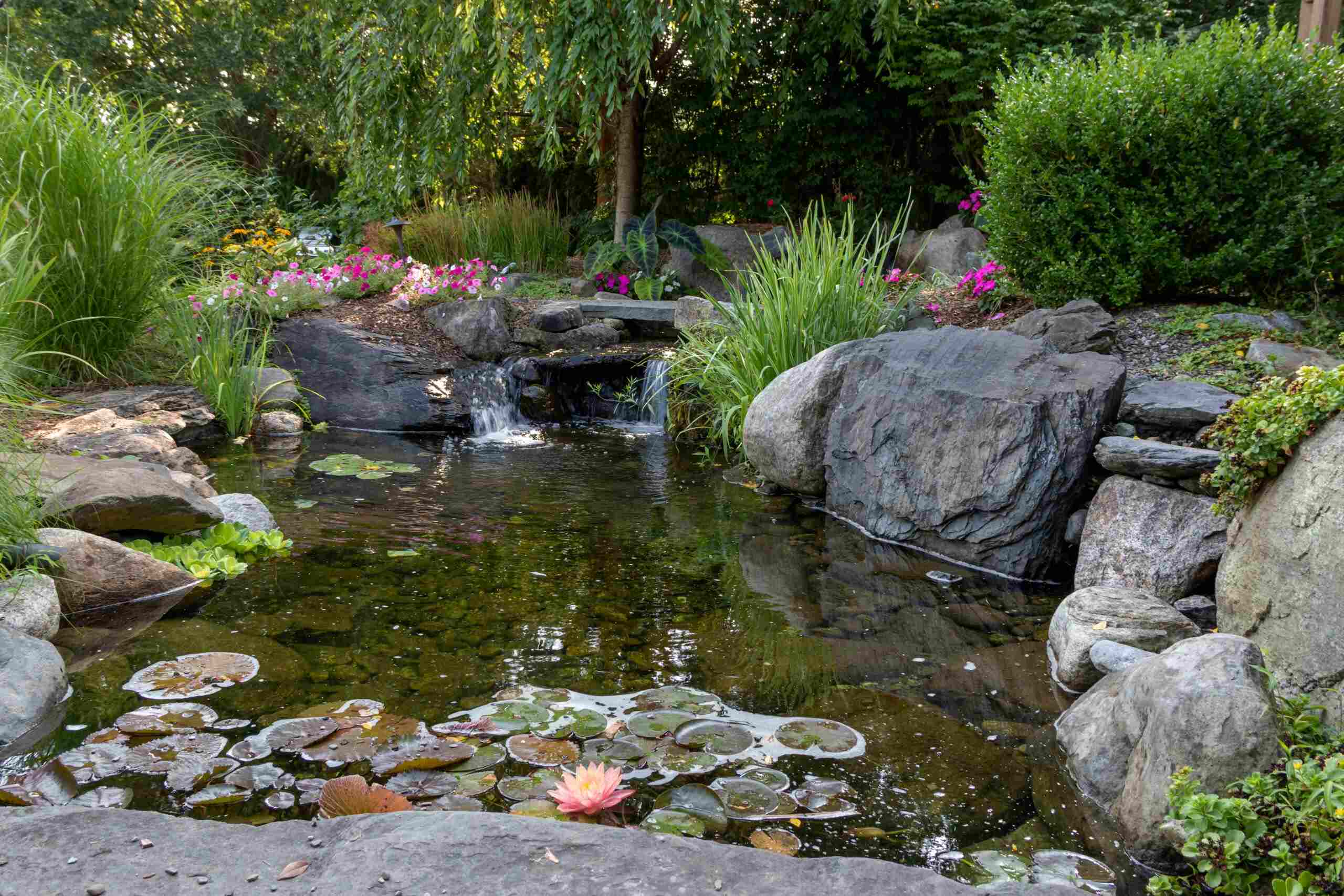Home>Gardening Tips and Tricks>Problem Solving>How To Get Rid Of Gnats In My Succulents
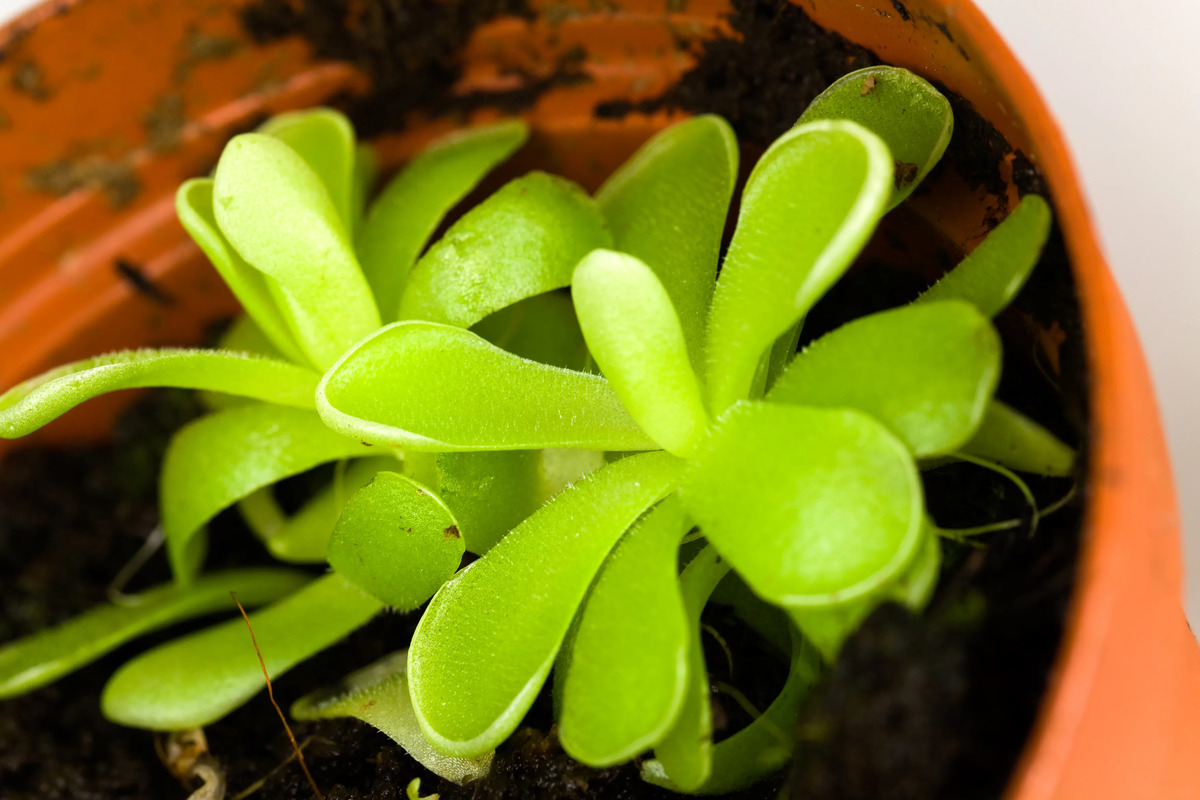

Problem Solving
How To Get Rid Of Gnats In My Succulents
Published: December 29, 2023
Learn effective problem-solving techniques to eliminate gnats from your succulents. Discover practical tips and solutions to keep your plants healthy and gnat-free.
(Many of the links in this article redirect to a specific reviewed product. Your purchase of these products through affiliate links helps to generate commission for Chicagolandgardening.com, at no extra cost. Learn more)
Table of Contents
Introduction
Succulents are prized for their low maintenance and unique beauty, but they are not immune to the pesky presence of gnats. These tiny, flying insects can quickly become a nuisance, disrupting the tranquility of your succulent garden. If left unchecked, gnats can harm the delicate roots of your beloved plants, leading to stunted growth and potential demise. However, fear not! With the right knowledge and proactive measures, you can effectively rid your succulents of these bothersome pests.
In this comprehensive guide, we will delve into the world of gnats in succulents, exploring the factors that attract them and the potential risks they pose. From preventative techniques to natural remedies and chemical solutions, we will equip you with the tools and insights needed to combat gnat infestations and restore your succulents to their flourishing state.
Embark on this journey with us as we unravel the secrets to maintaining a gnat-free succulent haven. Whether you are a seasoned succulent enthusiast or a novice gardener, the information presented here will empower you to protect your plants and preserve the serenity of your indoor or outdoor oasis. Let's dive into the world of succulents and bid farewell to gnats once and for all!
Understanding Gnats in Succulents
Gnats, often referred to as fungus gnats, are small flying insects that belong to the families Mycetophilidae and Sciaridae. These pesky creatures are commonly found hovering around potted plants, including succulents. Understanding the behavior and lifecycle of gnats is crucial in effectively combating infestations in your succulent garden.
One of the primary factors that attract gnats to succulents is excess moisture in the soil. Overwatering or improper drainage can create an ideal breeding ground for these insects, as the damp environment provides ample opportunities for gnats to lay their eggs. Additionally, decaying organic matter within the soil, such as fallen leaves or decomposing plant material, serves as a food source for gnat larvae, further perpetuating the infestation.
Gnats in succulents pose a significant threat to the health of the plants, particularly their root systems. The larvae of these insects feed on the fine root hairs of succulents, impeding the plants’ ability to absorb water and nutrients. As a result, succulents may exhibit signs of stress, including wilting, yellowing, or stunted growth. If left unaddressed, severe infestations can lead to irreversible damage and even death of the affected plants.
Identifying the presence of gnats in your succulents involves observing the behavior of the adult insects, as well as inspecting the soil for signs of larvae. Adult gnats are often seen flying close to the soil surface, especially when disturbed, while the larvae may be found wriggling within the moist soil. By recognizing these indicators, you can take proactive measures to address the infestation before it escalates.
By gaining insight into the habits and impact of gnats in succulents, you are better equipped to implement targeted strategies to prevent and eliminate these pests. In the following sections, we will explore effective methods for mitigating gnat infestations and safeguarding the vitality of your cherished succulents.
Prevention Methods
Preventing gnat infestations in succulents begins with creating an inhospitable environment for these pesky insects. By implementing proactive measures, you can minimize the risk of gnats taking up residence in your succulent garden and protect the well-being of your plants.
- Optimal Watering Practices: Maintaining proper watering habits is paramount in deterring gnats from succulents. These plants thrive in well-draining soil, and overwatering can lead to excess moisture that attracts gnats. Allow the soil to dry out between watering sessions, and ensure that the pots have drainage holes to prevent water from accumulating at the bottom.
- Soil Inspection and Maintenance: Regularly inspect the soil in your succulent containers to identify any signs of excessive moisture or organic debris. Remove any decaying plant matter and ensure that the soil surface is dry to discourage gnat infestations.
- Avoiding Organic Mulch: While organic mulches can benefit garden soil, they can also serve as a breeding ground for gnats. Refrain from using organic mulch in succulent containers to minimize the risk of attracting these pests.
- Proper Air Circulation: Adequate air circulation around succulents can help prevent the buildup of excess moisture and discourage gnat activity. Positioning plants in well-ventilated areas, whether indoors or outdoors, can contribute to a less hospitable environment for gnats.
- Quarantine New Additions: When introducing new succulents to your collection, it is advisable to quarantine them for a brief period to monitor for any signs of gnat infestations or other pests. This precautionary step can prevent the spread of insects to your existing plants.
By integrating these preventive measures into your succulent care routine, you can fortify your plants’ defenses against gnats and minimize the likelihood of infestations. Taking a proactive stance in maintaining a gnat-free environment sets the stage for thriving succulents and a harmonious garden space.
Natural Remedies for Gnats
When faced with a gnat infestation in your succulents, natural remedies offer effective and environmentally friendly solutions for eradicating these pests. By harnessing the power of natural ingredients and strategic interventions, you can combat gnats while safeguarding the well-being of your beloved plants.
- Sticky Traps: Utilizing yellow sticky traps can help capture adult gnats, reducing their population within the vicinity of your succulents. These traps are non-toxic and serve as an effective method for monitoring and controlling gnat activity.
- Beneficial Nematodes: Introducing beneficial nematodes to the soil around your succulents can target gnat larvae, effectively reducing their numbers. These microscopic organisms are natural predators of gnats and can aid in controlling infestations without posing harm to the succulent plants.
- Hydrogen Peroxide Solution: A diluted solution of hydrogen peroxide can be applied to the soil to combat gnat larvae. The oxygenating properties of hydrogen peroxide can help eliminate larvae while aerating the soil, creating an unfavorable environment for gnat development.
- Neem Oil Spray: Neem oil, derived from the seeds of the neem tree, possesses insecticidal properties and can be utilized as a natural gnat deterrent. A diluted neem oil spray can be applied to the soil surface of succulents to disrupt the gnat lifecycle and discourage their presence.
- Diatomaceous Earth: Sprinkling food-grade diatomaceous earth on the soil surface forms a barrier that can desiccate gnat larvae upon contact. This natural substance acts as a mechanical insecticide, effectively reducing gnat populations without posing harm to the succulents.
By incorporating these natural remedies into your gnat control strategy, you can address infestations while maintaining an eco-conscious approach to plant care. These methods offer sustainable alternatives to chemical treatments, promoting the health and vitality of your succulents in a natural and holistic manner.
Chemical Solutions
While natural remedies serve as gentle and eco-friendly options for managing gnat infestations in succulents, there are instances where chemical solutions may be warranted, particularly in cases of severe or persistent infestations. When considering chemical interventions, it is crucial to prioritize the safety of your plants and the surrounding environment while effectively addressing the gnat problem.
One commonly used chemical solution for combating gnats in succulents is the application of insecticidal soil drenches. These products, formulated specifically for targeting soil-dwelling pests, can be effective in eradicating gnat larvae while minimizing impact on the succulent plants themselves. It is important to carefully follow the instructions provided by the manufacturer and use these products judiciously to avoid adverse effects on the plants and surrounding ecosystem.
Furthermore, systemic insecticides, designed to be absorbed by the plants and translocated throughout their vascular systems, can offer a targeted approach to gnat control. By applying systemic insecticides according to the recommended dosage and application methods, you can address gnat infestations at the root level, disrupting the lifecycle of the pests while safeguarding the overall health of your succulents.
When utilizing chemical solutions, it is imperative to prioritize the safety of beneficial insects and other non-target organisms. Selecting products with low toxicity to non-pest species and using them in a targeted manner can help minimize unintended consequences and preserve the ecological balance within your garden environment.
Before resorting to chemical treatments, it is advisable to exhaust natural and preventive measures whenever possible. However, in situations where gnat infestations pose a significant threat to the well-being of your succulents, consulting with a knowledgeable professional or seeking guidance from reputable sources can aid in making informed decisions regarding the use of chemical solutions.
By approaching chemical solutions with caution and a commitment to environmental stewardship, you can effectively address gnat infestations while upholding the health and vitality of your cherished succulent plants.
Conclusion
As guardians of succulent gardens, the presence of gnats can pose a formidable challenge, threatening the well-being of our cherished plants. However, armed with a deeper understanding of gnat behavior and a diverse arsenal of preventative and remedial measures, we can reclaim our succulent sanctuaries from these persistent pests.
By embracing optimal watering practices, maintaining vigilant soil inspection, and fostering proper air circulation, we can create an environment that discourages gnat infestations in succulents. Implementing natural remedies, such as sticky traps, beneficial nematodes, and hydrogen peroxide solutions, empowers us to combat gnats while prioritizing the health of our plants and the environment.
When confronted with more severe infestations, judicious consideration of chemical solutions, such as insecticidal soil drenches and systemic insecticides, can provide targeted relief while minimizing impact on non-target organisms. It is essential to approach chemical interventions with a commitment to ecological balance and the well-being of beneficial insects.
As we navigate the intricate dance between nurturing our succulents and mitigating gnat infestations, let us remain steadfast in our dedication to sustainable and effective pest management. Through a harmonious blend of natural remedies, preventive measures, and, when necessary, carefully considered chemical solutions, we can safeguard the vitality of our succulents and cultivate thriving, gnat-free havens.
May this journey embolden us to embrace the resilience of our succulents and celebrate the beauty of these remarkable plants, free from the disruptions wrought by gnats. Together, let us cultivate flourishing succulent gardens, where tranquility reigns and the vibrant allure of nature thrives, undisturbed by the fleeting presence of pests.
